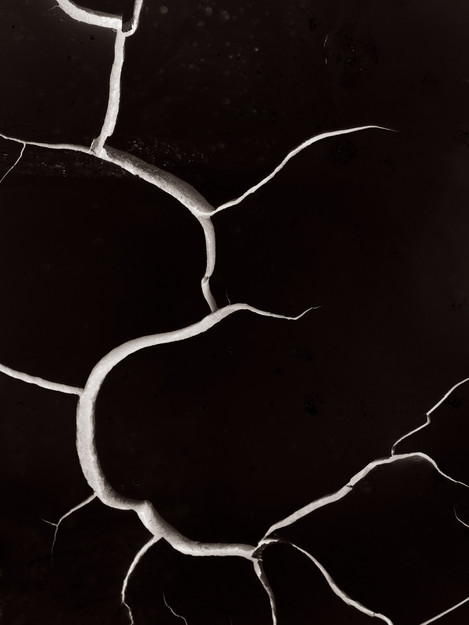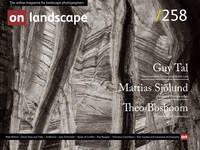Why Plato Would Have Hated (Straight) Photography
For there is no light of justice or temperance or any of the higher ideas which are precious to souls in the earthly copies of them: they are seen through a glass dimly; and there are few who, going to the images, behold in them the realities, and these only with difficulty.~Plato
Note: I wrote this article as a possible first in a series themed “Philosophy for Photographers.” My hope is that it might help photographic artists understand photography in the greater context of historical thinking about art. This is why I decided to start with Plato, hoping to build up to more recent ideas. If this theme interests you, please leave a comment to help us gauge your interest.
- Guy

Alfred North Whitehead characterised European philosophical tradition as “a series of footnotes to Plato” (the same can be said about other philosophical and scientific traditions, as well). Around 375 BC, Plato wrote his most famous work, The Republic, describing his vision for a just society. Plato’s recipe for such a society is this: put philosophers in charge, give the (philosophical) aristocracy an army of “guardians” (who will be bred and selected by eugenics, well-compensated, and trained rigorously to ensure their loyalty), and keep the remaining masses busy as “producers”—an obedient working class. Artists—specifically “mimetic” artists: those who strive to represent realistic depictions of worldly things—would be banned from this ideal society.
To understand Plato’s disdain for mimetic art, we must consider one of his most iconic ideas: his “theory of forms.” Plato’s theory of forms suggests that the material world is not true reality but a collection of crude manifestations of ideal, perfect forms—true, unchangeable essences of things existing in their own transcendent realm beyond the material world. According to the theory of forms, a physical chair, for example, is always an imperfect embodiment of the pure idea of a chair—the transcendent form of a chair that is beyond our ability to perceive directly. No physical chair is ever a perfect chair, but some chairs are closer to the ideal than other chairs.


